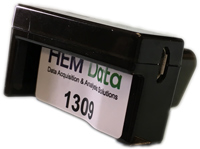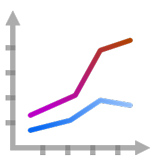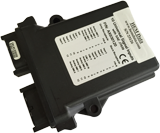All modern vehicles transmit hundreds of in-vehicle network messages describing vehicle status, driving conditions, and error codes.
Some of these messages are standard, but most are unique for each OEM. Some require request messages and others do not.
To acquire the vehicle data of interest, the engineer must use one or more of the following four database types:
- Generic OBD-II – standard on all cars and light trucks after 1996
- Enhanced OBD – similar to a service scan tool database
- Normal messages – transmitted for normal vehicle operation
- Direct Memory Reads (DMRs) – reads a controller’s memory
1. Generic OBD-II
Generic/legislated OBD-II is a standard defined by SAE J1979. It specifies nearly 100 parameters, and around 40 are available on a typical car or light truck. Parameters are generally limited to the engine.
Example messages include: Absolute Throttle Position, Air Flow Rate from Mass Air Flow (MAF), Engine Coolant Temperature, Engine Speed (RPM), and Vehicle Speed.
Examples of parameters that are NOT available using generic OBD-II are: odometer, steering angle, braking status, or any ride and handling information.
Most commercial OBD data loggers provide this OBD-II database, but may be limited to the number of acquired parameters.
2. Enhanced OBD
Enhanced OBD (EOBD) is specific to each OEM. It is the same database used in service scan tools. A major benefit is that it should cover all controllers on the vehicle, not just the engine controller. For a given vehicle the OEM will either use mode $21 or $22. Read More.






